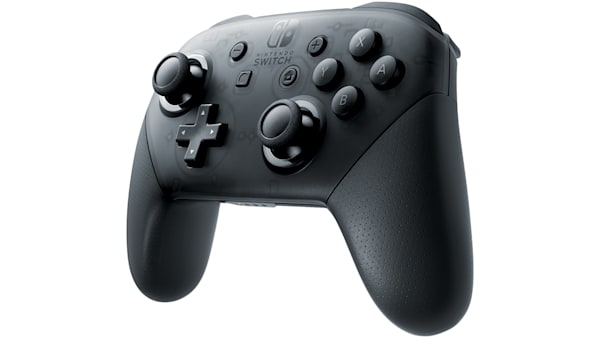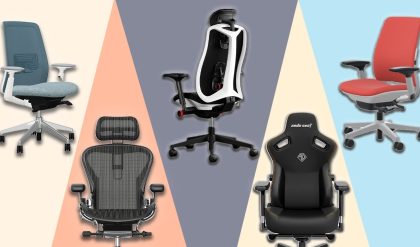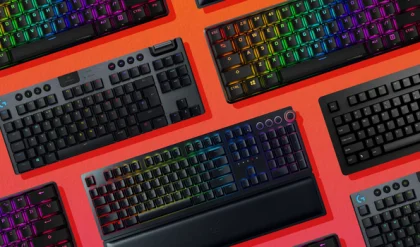Introduction
Gaming controllers are the unsung heroes that allow us to dive into our favorite video games and take control. From simple joysticks to advanced gamepads, these essential devices have undergone quite the transformation over the years, reflecting the incredible advancements in gaming technology and design. In this blog, we’ll take a fun journey through the history of gaming controllers, highlight some standout models, and discuss their impact on the gaming industry.
The History of Gaming Controllers
Early Beginnings
The story of gaming controllers starts way back in the early days of video games. In 1972, the first home console, the Magnavox Odyssey, hit the market with its simple controllers featuring knobs and buttons. This marked the beginning of a long and exciting journey in controller design, setting the stage for what was to come.
The Rise of Joysticks and Gamepads
In the late 1970s and early 1980s, joystick controllers became all the rage with the release of the Atari 2600. This console featured a joystick with a single button, allowing for eight-directional movement. The beauty of this design was its simplicity and effectiveness, which set the standard for future controllers and made gaming more accessible to everyone.
Key Milestones in Controller Evolution
1. Atari 2600 Joystick
- Release Date: 1977
- Specifications:
- Connectivity: Atari joystick port
- Input: 1 digital button, eight-directional joystick
- Notable Features: Simple design that became iconic in gaming.
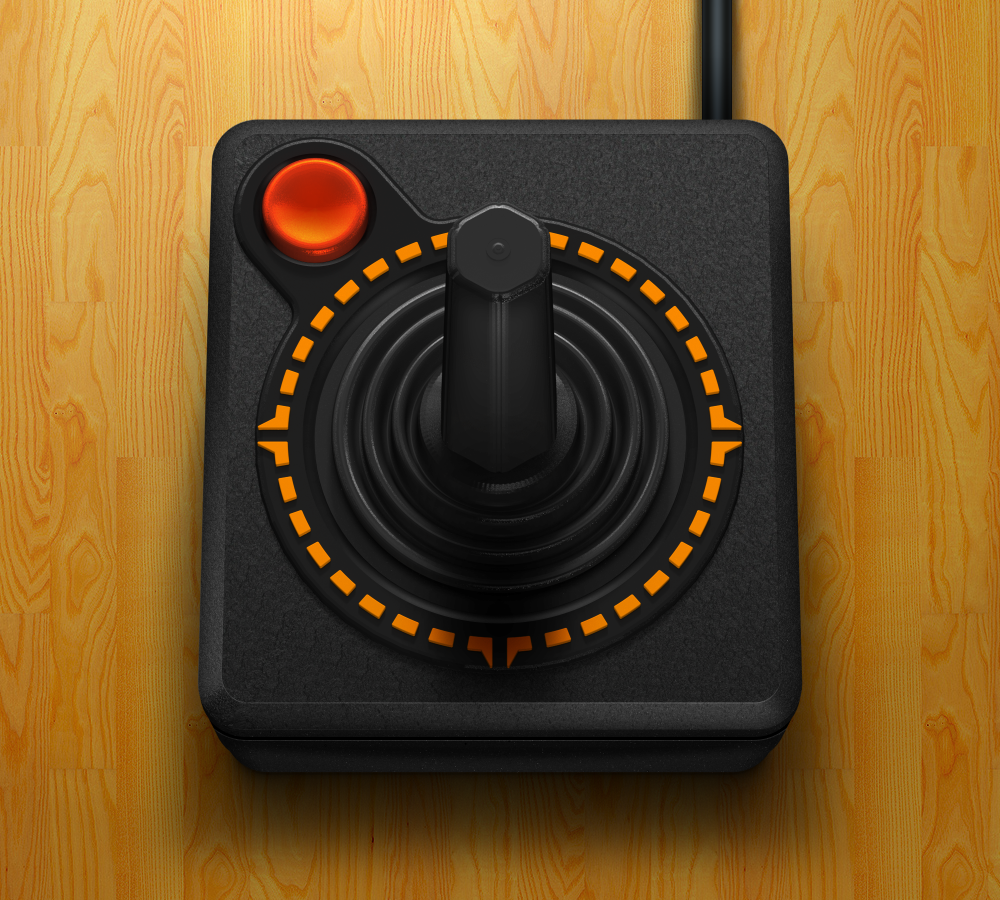

2. Nintendo Entertainment System (NES) Controller
- Release Date: 1983
- Specifications:
- Connectivity: NES controller port
- Input: 4 digital buttons, D-pad
- Notable Features: Introduced the D-pad, which became a standard in controller design.


3. Sony PlayStation DualShock Controller
- Release Date: 1997
- Specifications:
- Connectivity: PlayStation controller port
- Input: 4 digital buttons, D-pad, 2 analog sticks, vibration feedback
- Notable Features: First controller to feature dual analog sticks and rumble functionality.

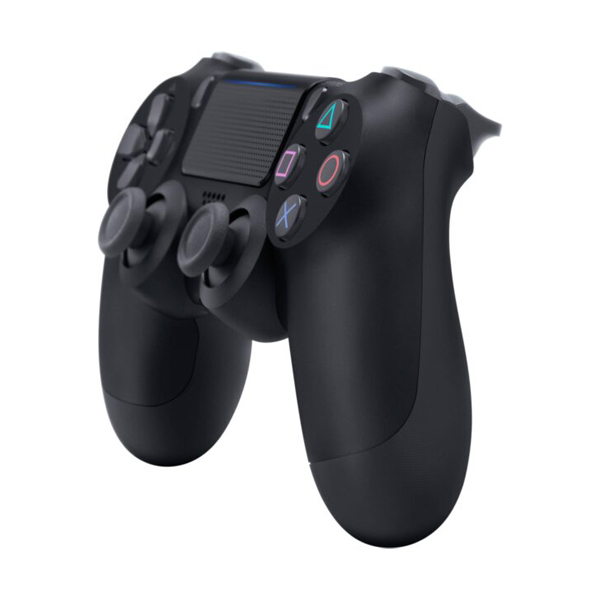
4. Xbox Controller
- Release Date: 2001
- Specifications:
- Connectivity: Xbox controller port
- Input: 6 digital buttons, 2 analog sticks, D-pad
- Notable Features: Large design with ergonomic grips, later evolved into the Xbox 360 and Xbox One controllers.


5. Nintendo Switch Pro Controller
- Release Date: 2017
- Specifications:
- Connectivity: Bluetooth and USB-C
- Input: 4 digital buttons, D-pad, 2 analog sticks
- Notable Features: Motion controls, amiibo functionality, and long battery life.

Modern Gaming Controllers
Today’s gaming controllers have evolved to include advanced features such as:
- Wireless Connectivity: Most modern controllers offer wireless options, allowing for greater freedom of movement.
- Customizable Buttons: Many controllers now allow users to remap buttons and create custom profiles for different games.
- Adaptive Triggers: Found in the PlayStation 5 DualSense controller, adaptive triggers provide varying levels of resistance based on in-game actions, enhancing immersion.
- Haptic Feedback: Advanced vibration technology that provides tactile feedback, making gameplay feel more realistic.
The Impact of Gaming Controllers on Gaming Culture
Gaming controllers have significantly shaped how we play and enjoy games. The design and functionality of controllers have evolved to meet the demands of gamers, providing them with the tools needed for competitive play and immersive experiences. The rise of esports has further emphasized the importance of high-quality controllers, as professional gamers rely on precision and responsiveness to succeed.
Invest in a gaming chair that combines comfort and style. Our reviews showcase the latest ergonomic designs and features to keep you gaming for hours on end.

